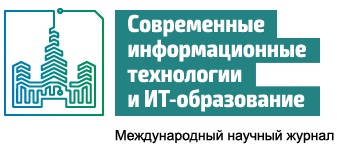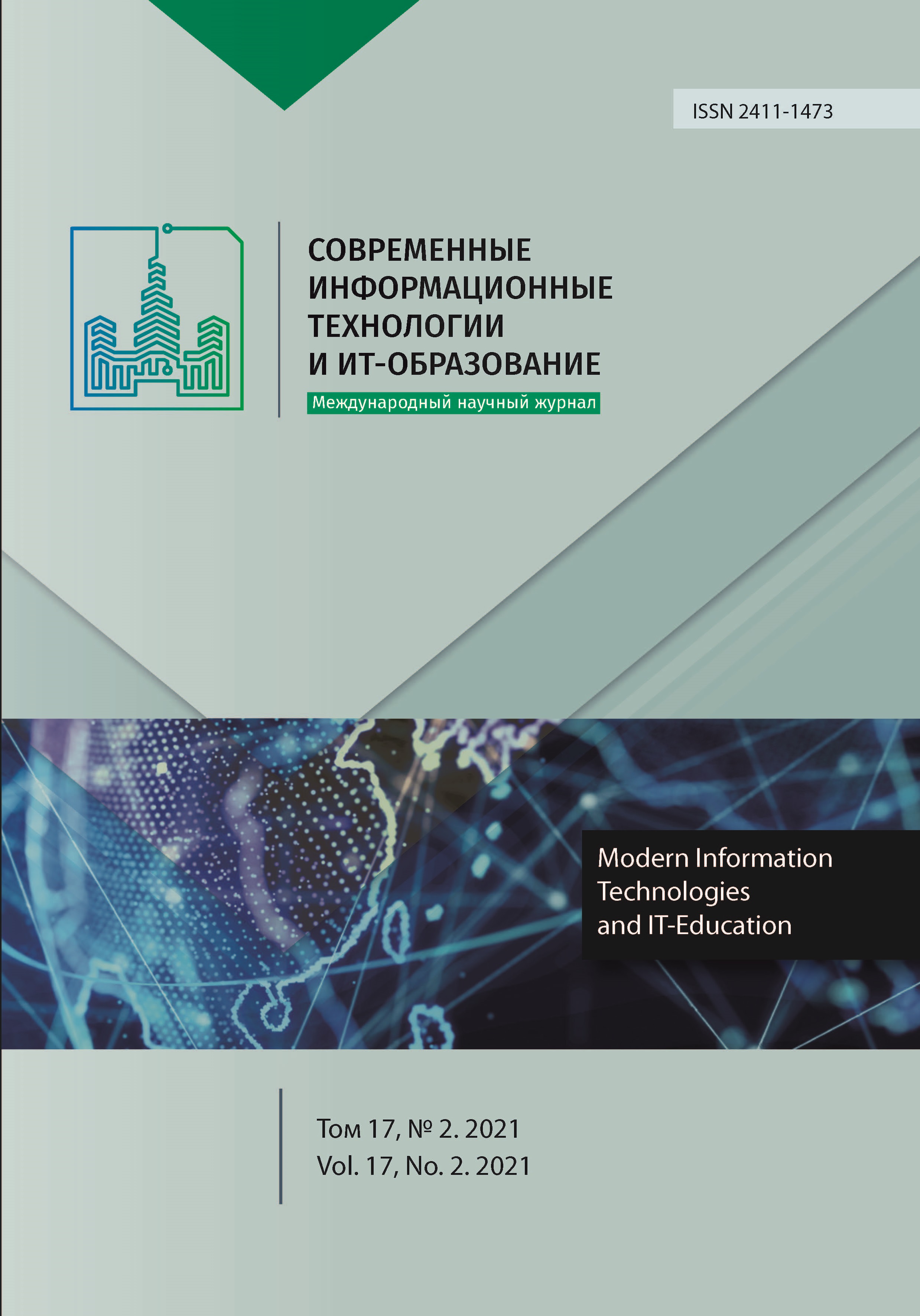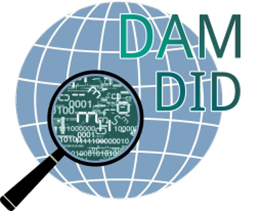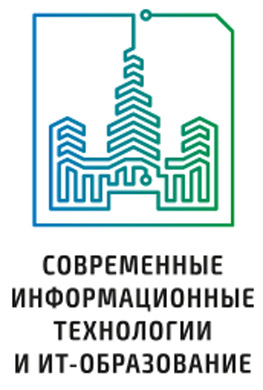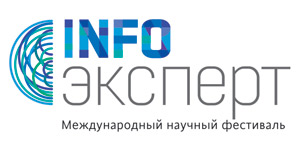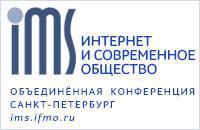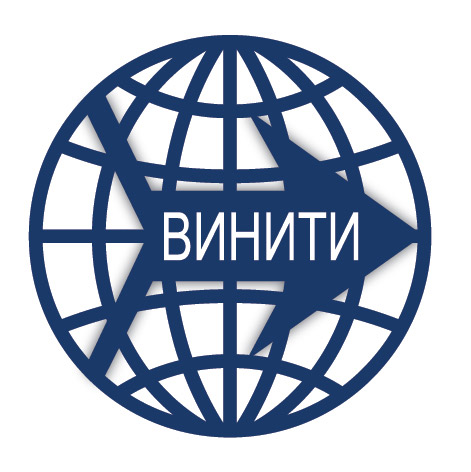Архитектурные модели управляемые сервисными соглашениями
Аннотация
В последнее время наблюдается рост интереса к дисциплине "Архитектура предприятия". Это связано с общим усложнение архитектурных стилей, используемых в рамках осуществления цифровой трансформации и перехода к цифровой экономике. Вместе с тем растет потребность в гибкости предприятий и, соответственно, их архитектуры, т.е. к стилям, относящимся к Гибкой Архитектуре (Agile Architecture). Ведь Agile давно вышел за рамки принципов управления проектами разработки информационных систем. Однако для того, чтобы при обеспечении гибкости не потерять надежность, безопасность, производительность и другие параметры качества, требуется формализация связей между изменяющимися элементами. Это можно обеспечить с помощью Сервисной Архитектуры, когда отдельные элементы предоставляют друг другу сервисы, реализация которых может быть скрыта, инкапсулирована.
Современные технологии и подходы, и прежде всего облачные вычисления, позволяют создавать, развивать и обслуживать архитектурные элементы разным провайдерам, что приводит к необходимости формализовать отношения между ними. Поскольку в области ITSM есть понятие SLA, которое как раз и отвечает за формализацию отношений между провайдерами различных сервисов, его можно использовать и в более широком смысле как основу для формирования гибких сервисных архитектур. Использование SLA позволяет проконтролировать качество сервисов, что остро необходимо для современных предприятий, строящих свою деятельность и взаимодействие с клиентами на сервисной формализованной основе. Использование сервисной модели положено в основу стандартов ИСО/МЭК референсных архитектур новых технологий: облачных сервисов, Интернета вещей и больших данных. В них вводится понятие измеримого обслуживания, основой которого может стать SLA. Это понятие широко известно в области обслуживания и эксплуатации ИТ, является основой сервисной модели ИТ ‒ ITSM и хорошо подходит для управления качеством сервисов. Стиль, основанный на SLA является разновидностью гибкой сервисной Архитектуры Предприятия и имеет все основания активно использоваться в настоящее время. В статье приводится описание принципов формирования таких SLA, связывающих разные архитектурные слои, разные роли и разные элементы референсной архитектурной модели облачных сервисов, а также пример структуры таких соглашений.
Литература
2. Besson P., Rowe F. Strategizing information systems-enabled organizational transformation: A transdisciplinary review and new directions. The Journal of Strategic Information Systems. 2012; 21(2):103-124. (In Eng.) DOI: https://doi.org/10.1016/j.jsis.2012.05.001
3. Blau J., Gobble M.A.M. News and Analysis of the Global Innovation Scene. Research-Technology Management. 2014; 57(1):2-8. (In Eng.) DOI: https://doi.org/10.5437/08956308X5701001
4. Dhar V., Sundararajan A. Issues and Opinions – Information Technologies in Business: A Blueprint for Education and Research. Information Systems Research. 2007; 18(2):125-141. (In Eng.) DOI: https://doi.org/10.1287/isre.1070.0126
5. Goh M., Prakash S., Yeo R. Resource ‐based approach to IT shared services in a manufacturing firm. Industrial Management & Data Systems. 2007; 107(2):251-270. (In Eng.) DOI: https://doi.org/10.1108/02635570710723831
6. Anshina M. Development of enterprise architecture under the digital transformation influence. Proceedings of the International Conference on Enterprise Engineering and knowledge management (EE&KM – 2017). PRUE, Moscow; 2017. p. 8-14. Available at: https://www.elibrary.ru/item.asp?id=32722660 (accessed 17.04.2021). (In Russ., abstract in Eng.)
7. Anshina M. Proekty IT: kak prevratit' vozmozhnosti v rezul'taty [IT Projects: How to turn opportunities into results]. BIT ‒ Business & Information Technology. 2016; (4):54-59. Available at: https://www.elibrary.ru/item.asp?id=29197074 (accessed 17.04.2021). (In Russ.)
8. Anshina M. IT-processy i arhitektura [IT Processes and Architecture]. BIT ‒ Business & Information Technology. 2017; (3):40-44. Available at: https://www.elibrary.ru/item.asp?id=29128422 (accessed 17.04.2021). (In Russ.)
9. Davidovski V. Exponential Innovation through Digital Transformation. Proceedings of the 3rd International Conference on Applications in Information Technology (ICAIT'2018). Association for Computing Machinery, New York, NY, USA; 2018. p. 3-5. (In Eng.) DOI: https://doi.org/10.1145/3274856.3274858
10. Anshina M. Digital transformation technologies reference architecture. Proceedings of the International Conference on Enterprise Engineering and knowledge management (EE&KM – 2018), vol. 1. PRUE, Moscow; 2018. p. 10-14. Available at: https://www.elibrary.ru/item.asp?id=39469170 (accessed 17.04.2021). (In Russ., abstract in Eng.)
11. Anshina M. Extension of service oriented architecture model to architectural areas of digital economics. Proceedings of the International Conference on Enterprise Engineering and knowledge management (EE&KM – 2018), vol. 1. PRUE, Moscow; 2018. p. 335-340. Available at: https://www.elibrary.ru/item.asp?id=39469230 (accessed 17.04.2021). (In Russ., abstract in Eng.)
12. Anshina M. Structure and interaction of SLA SAUS in reference models of digital transformation. Proceedings of the International Conference on Enterprise Engineering and knowledge management (EE&KM – 2018), vol. 1. PRUE, Moscow; 2018. p. 335-340. Available at: https://www.elibrary.ru/item.asp?id=39470699 (accessed 17.04.2021). (In Russ., abstract in Eng.)
13. Anshina M., et al. Cifrovye platformy. Metodologii. Primenenie v biznese [Digital platforms. Methodologies. Business Application]; ed. by B. B. Slavin, et al. Prometheus, Moscow; 2019. 228 p. (In Russ.)
14. Anshina M. Agile Architecture for Digital Enterprises. CEUR Workshop Proceedings. 2021; 2919:1-12. Available at: http://ceur-ws.org/Vol-2919/paper1.pdf (accessed 17.04.2021). (In Eng.)
15. Krell T., Gale J. E ‐business migration: a process model. Journal of Organizational Change Management. 2005; 18(2):117-131. (In Eng.) DOI: https://doi.org/10.1108/09534810510589552
16. Anshina M. Arhitekturnye osnovy cifrovoj transformacii biznesa [Architectural Foundations of Digital Business Transformation]. BIT ‒ Business & Information Technology. 2020; (5):54-63. Available at: https://www.elibrary.ru/item.asp?id=44472353 (accessed 17.04.2021). (In Russ., abstract in Eng.)
17. Anshina M.L., Slavin B.B., White T. Cifrovaja transformacija biznesa [Digital transformation of business]. KnoRus, Moscow; 2021. 272 p. Available at: https://www.elibrary.ru/item.asp?id=45794235 (accessed 17.04.2021). (In Russ.)
18. Tsenzharik M.K., Krylova Y.V., Steshenko V.I. Digital Transformation in Companies: Strategic Analysis, Drivers and Models. St Petersburg University Journal of Economic Studies. 2020; 36(3):390-420. (In Russ., abstract in Eng.) DOI: https://doi.org/10.21638/spbu05.2020.303
19. Bolton R.N., McColl-Kennedy J.R., Cheung L., Gallan A., Orsingher C., Witell L., Zaki M. Customer experience challenges: bringing together digital, physical and social realms. Journal of Service Management. 2018; 29(5):776-808. (In Eng.) DOI: https://doi.org/10.1108/JOSM-04-2018-0113
20. Matt C., Hess T., Benlian A. Digital Transformation Strategies. Business & Information Systems Engineering. 2015; 57(5):339-343. (In Eng.) DOI: https://doi.org/10.1007/s12599-015-0401-5
21. Dumas M., Kohlborn T. From Business Process Models to Service Interfaces. In: Ed. by J. vom Brocke, M. Rosemann. Handbook on Business Process Management 1. International Handbooks on Information Systems. Springer, Berlin, Heidelberg; 2015. p. 557-578. (In Eng.) DOI: https://doi.org/10.1007/978-3-642-45100-3_24
22. Ahlemann F. How digital transformation shapes corporate IT: Ten theses about the IT organization of the future. In: Ed. by M. Ganzha, L. Maciaszek, M. Paprzycki. 2016 Federated Conference on Computer Science and Information Systems (FedCSIS). IEEE Press, Gdansk, Poland; 2016. p. 3-4. (In Eng.) DOI: http://dx.doi.org/10.15439/2016F597
23. Diao Y., Lam L., Shwartz L., Northcutt D. Modeling the Impact of Service Level Agreements During Service Engagement. IEEE Transactions on Network and Service Management. 2014; 11(4):431-440. (In Eng.) DOI: https://doi.org/10.1109/TNSM.2014.2378779
24. Miyachi C. Agile software architecture. ACM SIGSOFT Software Engineering Notes. 2011; 36(2):1-3. (In Eng.) DOI: https://doi.org/10.1145/1943371.1943388
25. Daoudi W., Doumi K., Kjiri L. Adaptive Enterprise Architecture: Towards a model. Proceedings of the 10th International Conference on Information Systems and Technologies (ICIST '20). Association for Computing Machinery, New York, NY, USA; 2020. Article 31. (In Eng.) DOI: https://doi.org/10.1145/3447568.3448539

Это произведение доступно по лицензии Creative Commons «Attribution» («Атрибуция») 4.0 Всемирная.
Редакционная политика журнала основывается на традиционных этических принципах российской научной периодики и строится с учетом этических норм работы редакторов и издателей, закрепленных в Кодексе поведения и руководящих принципах наилучшей практики для редактора журнала (Code of Conduct and Best Practice Guidelines for Journal Editors) и Кодексе поведения для издателя журнала (Code of Conduct for Journal Publishers), разработанных Комитетом по публикационной этике - Committee on Publication Ethics (COPE). В процессе издательской деятельности редколлегия журнала руководствуется международными правилами охраны авторского права, нормами действующего законодательства РФ, международными издательскими стандартами и обязательной ссылке на первоисточник.
Журнал позволяет авторам сохранять авторское право без ограничений. Журнал позволяет авторам сохранить права на публикацию без ограничений.
Издательская политика в области авторского права и архивирования определяются «зеленым цветом» в базе данных SHERPA/RoMEO.
Все статьи распространяются на условиях лицензии Creative Commons «Attribution» («Атрибуция») 4.0 Всемирная, которая позволяет другим использовать, распространять, дополнять эту работу с обязательной ссылкой на оригинальную работу и публикацию в этом журналe.
